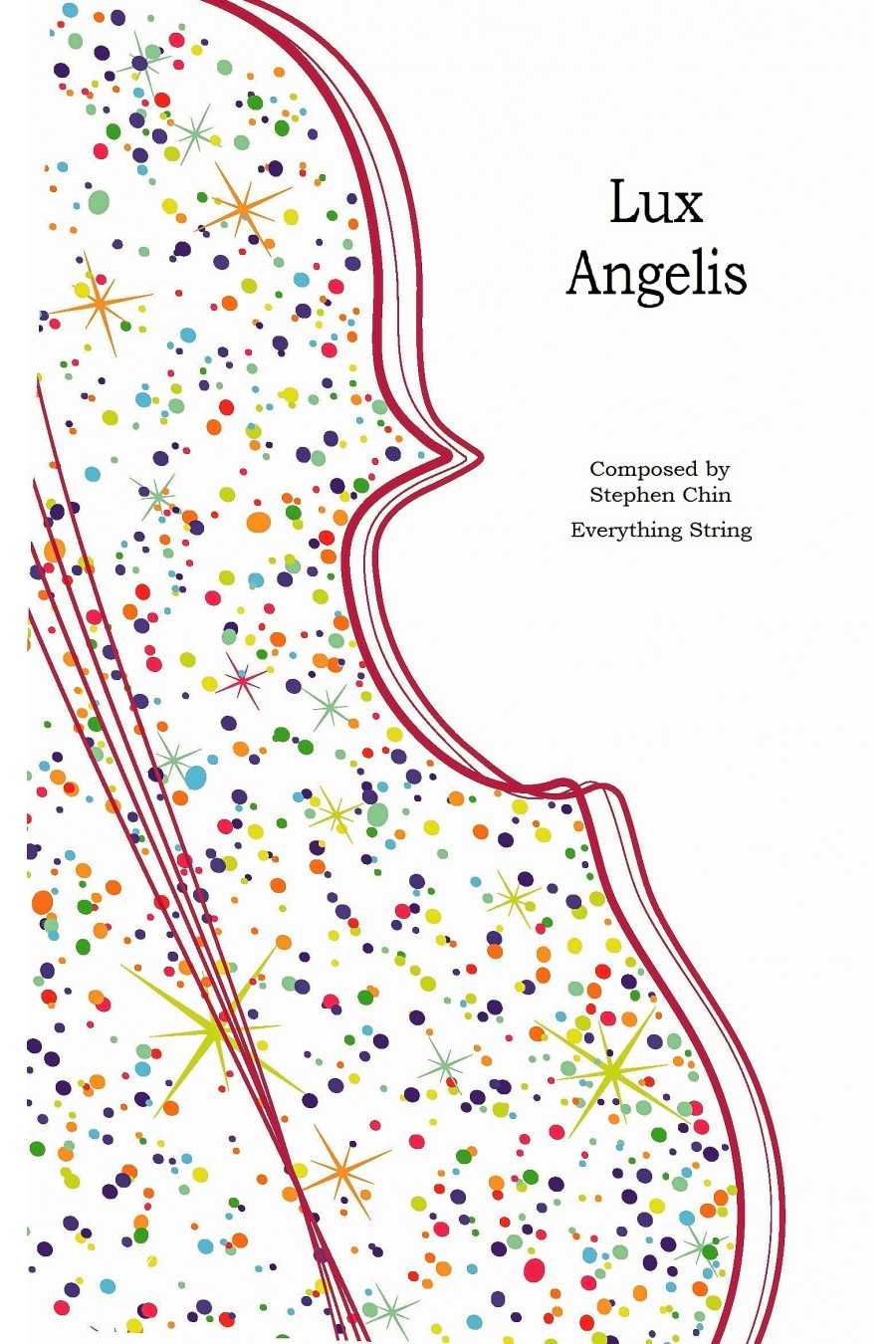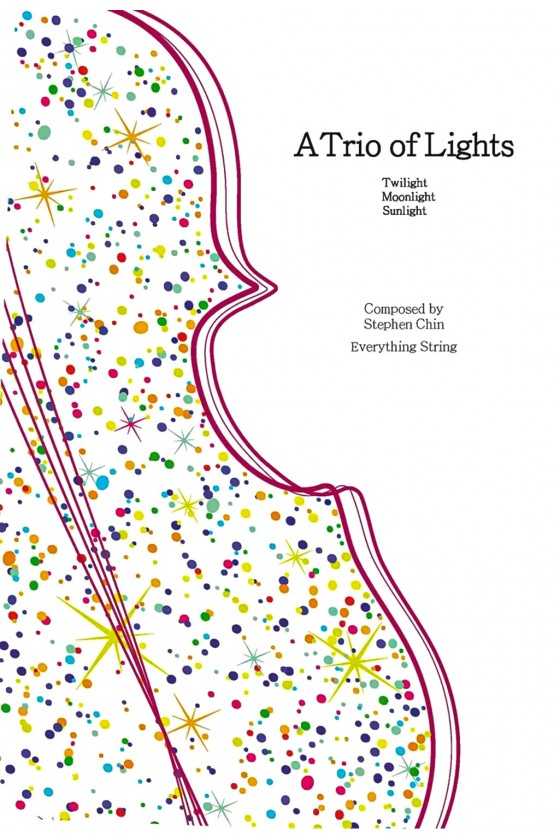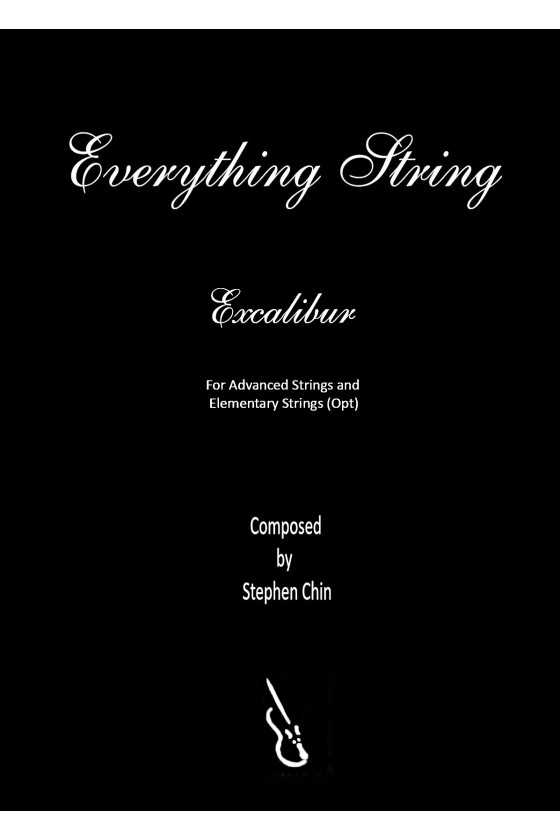
Allegro Dramatico By Mazas Arr. Stephen Chin
Mazas, a renowned composer, is known for his effective etudes and chamber ensemble works. This duet for two violins, dating back to the early 19th century, showcases the late Classical and early Romantic styles. The music is characterized by sharp rhythms and lyrical melodies, making it an excellent choice for a String Orchestra at level 3.5.











